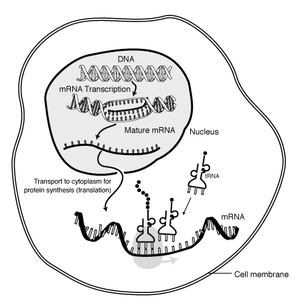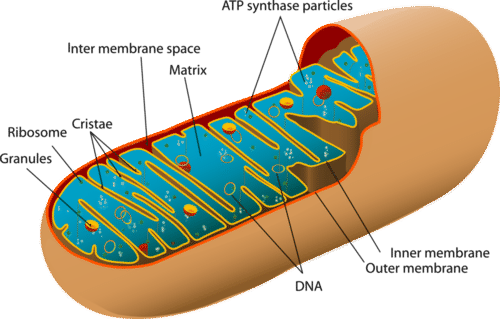Main Ideas: There are 7 main characteristics of life
1. Living Things are Composed of Cells: Single-cell organisms have everything they need to be self-sufficient.
In multicellular organisms specialization increases until some cells do only certain things.
2. Living Things Have Different Levels of Organization: Both molecular and cellular organization
Living things must be able to organize simple substances into complex ones
Living things organize cells at several levels: Tissue - a group of cells that perform a common function.
Organ - a group of tissues that perform a common function.
Organ system - a group of organs that perform a common function.
Organism - any complete living thing.
3. Living Things Use Energy: Living things take in energy and use it for maintenance and growth.
4. Living Things Respond To Their Environment: Living things will adapt to certain or sudden changes in their environment.
A behavior is a complex set of responses.
5. Living Things Grow: Cell division - the orderly formation of new cells.
Cell enlargement - the increase in size of a cell.
Cells grow to a certain size and then divide.
An organism gets larger as the number of its cells increases.
6. Living Things Reproduce: Reproduction is not essential for the survival of individual organisms, but must occur for a species to survive
All living things reproduce in one of the two ways:
Asexual reproduction - Producing offspring without the use of gametes
Sexual reproduction - Producing offspring by the joining of sex cells.
7. Living Things Adapt To Their Environment: Adaptations are traits giving an organism an advantage in a certain environment.
Variation of individuals is important for a healthy species.
Characteristics of Life has been something I've known for a while now, especially when we covered it a few units back, but something I didn't know what how broad the categories of each process can be. For example Adaptations: it surprises me how an organisms' cells can produce or adapt to certain conditions based off of what is needed, like a giraffe and its' long neck, that is an adaptation it had developed over time so they can reach for high branches of leaves to eat. I really like this objective and I feel like people should really look into it a lot more, this topic could be used outside of Biology for a lot of things, like studying the growth pattern of animals or looking into how something has changed over time.
"Biology 7 Characteristics Of Life Flashcards | Quizlet". Quizlet.com. N.p., 2017. Web. 3 Jan. 2017.
"8 Characteristics Of Life In Biology - Video & Lesson Transcript | Study.Com". Study.com. N.p., 2017. Web. 3 Jan. 2017.
"Cite A Website - Cite This For Me". 2.bp.blogspot.com. N.p., 2017. Web. 3 Jan. 2017.
"Cite A Website - Cite This For Me". S3.amazonaws.com. N.p., 2017. Web. 3 Jan. 2017.

































